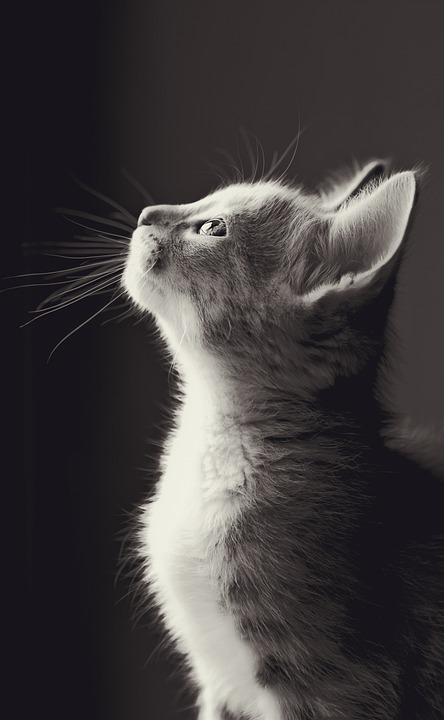Hereditary cat eye diseases can have a significant impact on a cat’s vision and overall well-being. Understanding these genetic conditions is crucial for cat owners and breeders to ensure the health and happiness of their feline companions. In this article, we will explore common hereditary cat eye diseases, how to recognize them, and strategies for managing and treating these conditions effectively.
One common hereditary cat eye disease is Progressive Retinal Atrophy (PRA). PRA is a progressive degenerative disease that affects the retina, leading to gradual vision loss and eventual blindness. It is caused by genetic mutations and can be seen in various breeds, including Abyssinians, Persians, and Siamese cats. Symptoms of PRA include night blindness, dilated pupils, and a reflective appearance in the eye. Early detection through regular veterinary check-ups and genetic testing can help manage this condition more effectively.
Another hereditary cat eye disease is Congenital Stationary Night Blindness (CSNB). This condition is present from birth and affects a cat’s ability to see in low light conditions. It is caused by a genetic mutation that affects the transmission of visual information from the retina to the brain. Breeds commonly affected by CSNB include Siamese, Abyssinians, and Maine Coons. Signs of CSNB include dilated pupils, inability to see in dim light, and poor depth perception. Genetic testing and regular veterinary check-ups are crucial for managing this condition.
Glaucoma is another hereditary cat eye disease that affects the fluid drainage in the eye, leading to increased pressure and potential damage to the optic nerve. Breeds commonly affected by glaucoma include Siamese, Burmese, and Persians. Identifying signs and symptoms of glaucoma, such as redness, cloudiness, or enlargement of the eye, is important for early detection and prompt veterinary care.
Recognizing hereditary cat eye diseases requires regular veterinary check-ups and awareness of breed predispositions. Routine eye examinations by a veterinarian can help detect early signs of these conditions and prevent further progression. It is also essential for cat owners and breeders to research breed-specific eye conditions and practice responsible breeding to minimize the risk of passing on genetic diseases.
Observing changes in behavior and vision is crucial for early detection of hereditary cat eye diseases. Common signs indicating eye disease include excessive tearing, squinting, bumping into objects, or changes in appetite or activity levels. Seeking veterinary advice promptly can help diagnose and manage these conditions effectively.
Managing and treating hereditary cat eye diseases often requires consultation with a veterinary ophthalmologist. These specialized professionals have the expertise and tools to accurately diagnose and monitor these conditions. Diagnostic procedures and tests, such as electroretinography and genetic testing, help determine the extent of the disease and guide treatment options.
Treatment options for hereditary cat eye diseases may include medications to manage symptoms and slow disease progression. Surgical interventions, such as laser therapy or cataract surgery, may be necessary in some cases. Lifestyle adjustments and environmental modifications, such as providing a safe and enriched environment for visually impaired cats, can also enhance their quality of life.
In conclusion, recognizing and managing hereditary cat eye diseases is essential for maintaining the health and well-being of cats. By understanding the common genetic conditions, recognizing early signs, and seeking veterinary care promptly, cat owners can provide the best possible support for their feline companions. Regular veterinary check-ups and responsible breeding practices play a critical role in minimizing the impact of hereditary cat eye diseases and ensuring a healthier future for cats.








